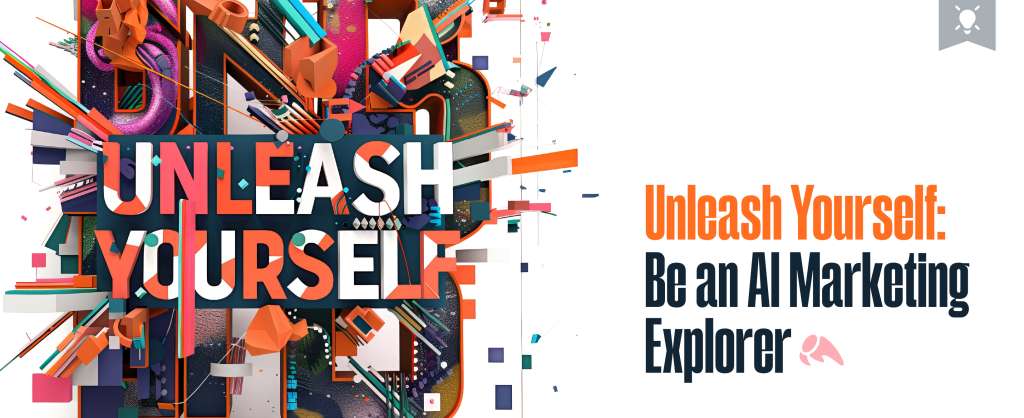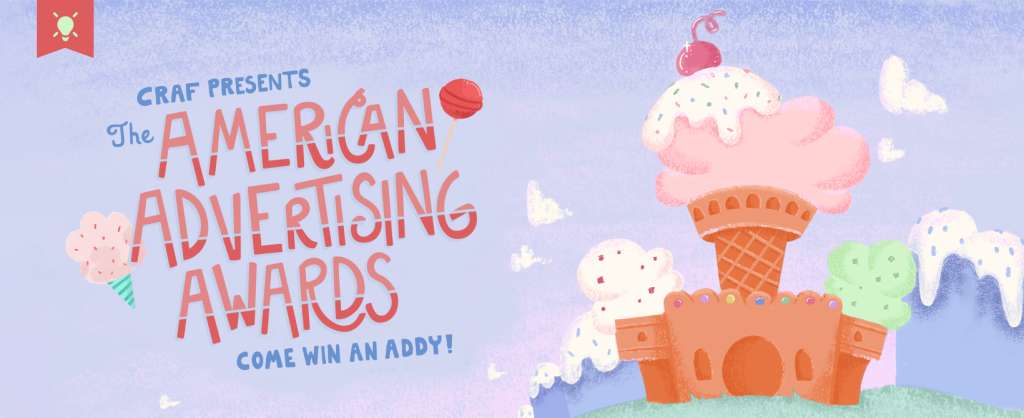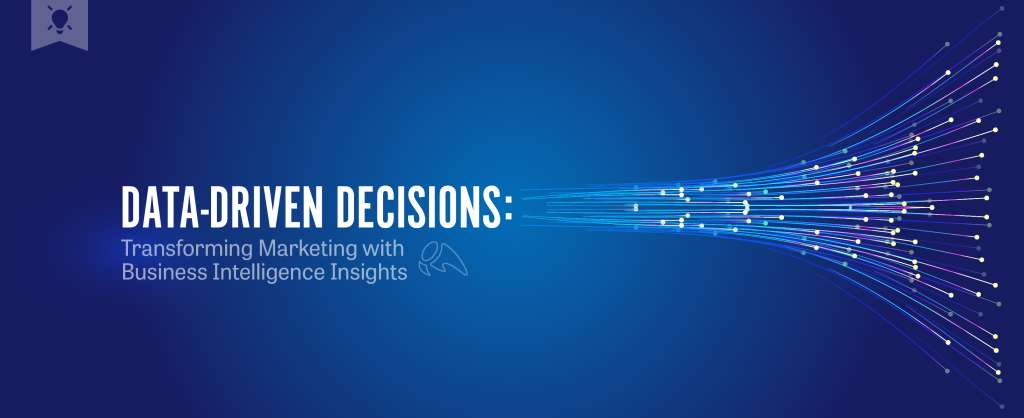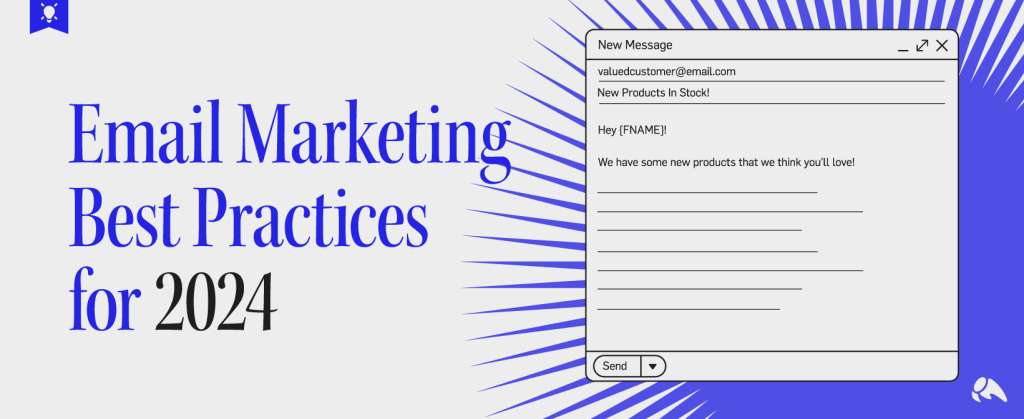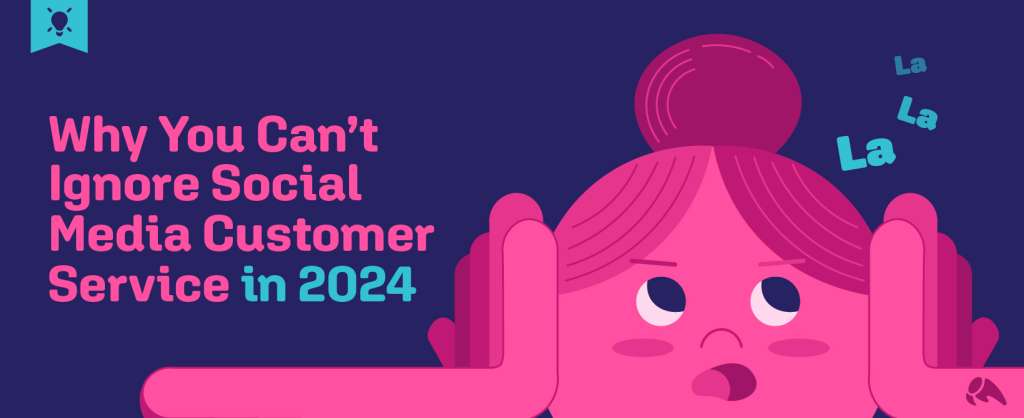
You’ve been working hard to promote your company in the digital marketing arena. You’re tweeting everyday, pinning pictures, sharing relevant videos and making attempts to engage your social networks regularly. Unfortunately, engagement is low because you’re not giving people enough incentive to participate in interactions with your brand.
What opportunities are you giving your audience to interact with your brand? Will people feel rewarded? Inspired to continue their interaction with you? Do you give them a chance to have fun?
Do you understand gamification and the effect it can have on your digital marketing strategy?
Gam-a-what? Understanding Gamification
Gamification is the application of game mechanics and psychology to drive a set of specific desired behaviors by the user. This pertains to mechanics, challenges, points, badges or leader boards to encourage engagement, brand loyalty and advocacy. A gamified branding strategy could include a mobile game, social contest or customer loyalty program, among many other uses.
Example: Why do people loves the My Starbucks Reward program? The more you “play” (buy coffee), the more stars you earn. We all know from our Super Mario days that stars make you feel pretty invincible. You can cash those stars in for plenty of free products – drinks, food… prizes.
[youtube]http://www.youtube.com/watch?v=xUvgcaFvdLY[/youtube]
Incentives are a good strategy because we just love being rewarded – it’s in our nature! In order to achieve the appropriate responses from your new puppy, you reinforce every good behavior with a biscuit reward. Seems silly, but you can use the basics of this mentality to your benefit as you plan new campaigns (just don’t insult your audience by being condescending).
Gamification is not a new concept. Contests, random giveaways and trivia have encouraged consumers to interact with brands for decades. Foursquare has been encouraging us to be Mayor for years.
Have you considered it for your brand?
Chipotle: “The Scarecrow”
Last month, Chipotle’s viral mobile game campaign “The Scarecrow” began bringing players on an adventure to bring natural and wholesome food back to the people. The resulting game experience is complementary to the qualities that Chipotle founded its brand upon. The burrito and taco-slinging restaurant chain differentiates itself from many competitors in the restaurant industry by offering whole organic ingredients and rejecting all unhealthy chemicals and genetically modified organisms.
The game asks you to outsmart the “Crowbots” and unlock extras – prizes! – while informing you about the brand’s larger mission of increasing the use of fresh farm products.
[youtube]http://www.youtube.com/watch?v=lUtnas5ScSE[/youtube]
As you can see, the game trailer is a visually exciting spectacle that expertly demonstrates a cohesive brand story. Chipotle makes a promise to its customers that they will always fight for food sustainability, and with an invitation to play its game, the brand invites you to ignite your own passion for locally-sourced foods.
The game is smart and fun on its face, but conveys a deep message. Players are educated and engaged with Chipotle’s mission by completing various game tasks to improve a world filled with mass-produced franken-foods. Fundamentally, this game is a teaching tool that converts players to become more conscious of where their food is coming.
Creating a Gamification Concept that Fits Your Brand
Global research company Markets and Markets recent report on gamification predicted the gamification sector will be worth $5.5B by 2018, with an annual growth rate of 67 percent. The same report found that “70 percent of large companies will have some application of gamifiation at work within their organizations” by 2014.
Gamification may become part of events and programs your company has managed for years. Maybe your company is organizing its annual charity run. You can develop a system to track donations, participants and their referrals. By gamifying the system, you are adding additional incentives and rewards such as coupons, gifts or digital goods to encourage greater participation.
What can you do to introduce gamification at your company?
- Identify the message: Chipotle wants people to be aware of where their food comes from. What is your message?
- Define your measureable marketing goals: Are you looking to raise brand awareness? Increase sales? Encourage newsletter subscriptions? If you’re looking to increase the number of repeat customers, your game will want to give people a reason to keep coming back. What action are you trying to encourage?
- Understand your creative resources and gamified locations: Gamification can be found in everything from a complicated mobile app to a blog poll to a cleverly-worded Facebook post. It’s easy to create a little competition with your fans on social media.
- Choose your audience: Who are you targeting, and how will you motivate them to participate in your game?
- Check out the success stories of other brands. Research the round-ups of creative gamification efforts already underway. What do you like about each example? What would you do differently?
At that point, you will be well on your way to introducing gamified elements to your brand’s marketing.
Have you come across gamification done well by a particular brand? Or any attempts that have failed? Let us know in the comments section.


